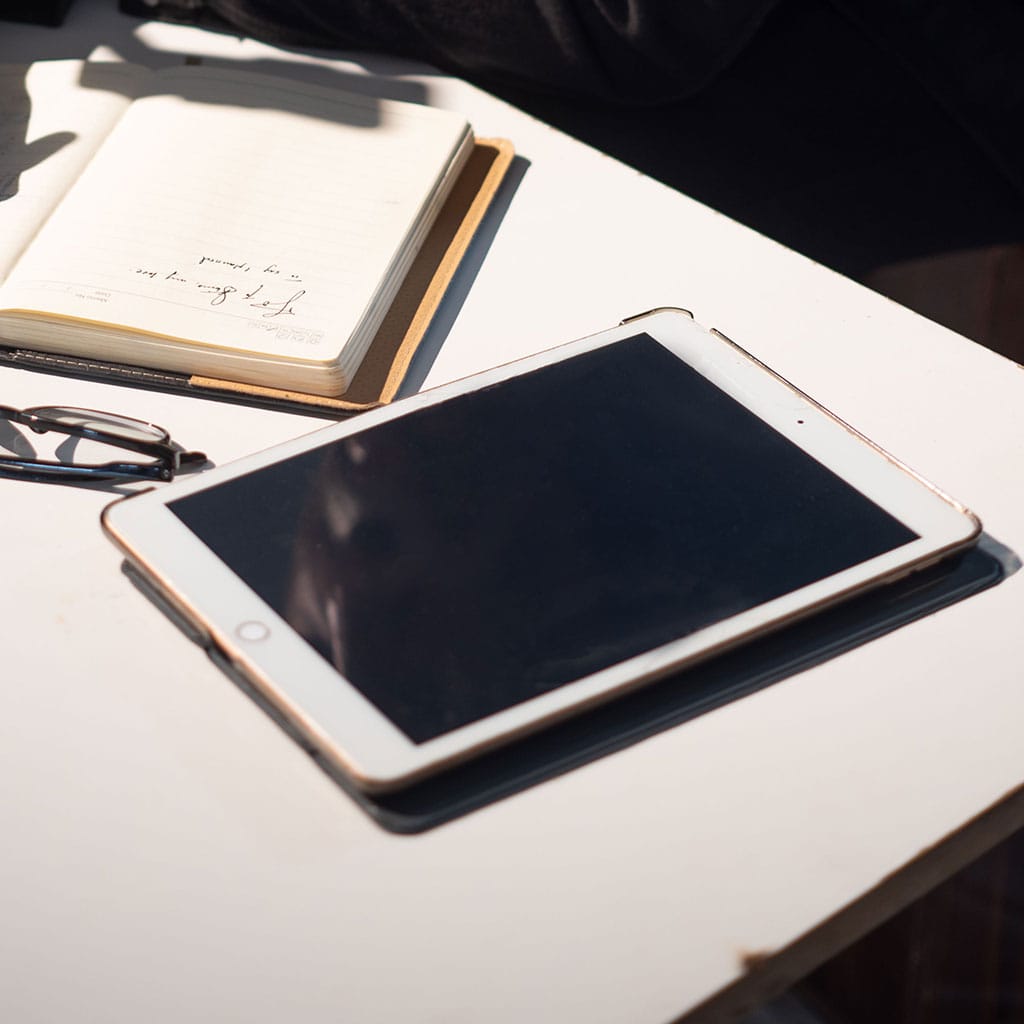How to find MAC address on iPad
Discovering your iPad’s MAC address is a straightforward process that involves navigating through the settings. In this guide, we’ll walk you through the steps to easily find this unique identifier for your device.
Discover the secret to unveiling your iPad’s mysterious MAC address!
Finding the MAC (Media Access Control) address on your iPad involves navigating through the device’s settings. Here’s a detailed guide to help you locate it:
- Open the Settings App:
- Unlock your iPad and go to the home screen. Look for the “Settings” app, which is represented by a gearwheel icon, and tap to open it.
- Navigate to “General”:
- In the Settings menu, scroll down and tap on “General.” This option typically has a gearwheel icon similar to the main settings icon.
- Access “About”:
- Inside the “General” menu, look for “About” and tap on it. This section provides detailed information about your device.
- Locate “Wi-Fi Address” or “Ethernet Address”:
- In the “About” section, scroll down until you find either “Wi-Fi Address” or “Ethernet Address.” These terms are often used interchangeably with MAC address. The Wi-Fi Address is the MAC address of your wireless network interface, while the Ethernet Address pertains to a physical Ethernet connection if your iPad has one.
- Record the MAC Address:
- Once you locate the Wi-Fi Address or Ethernet Address, take note of the alphanumeric string provided. This is your iPad’s MAC address.
- Optional: Copy or Share the MAC Address:
- You can tap and hold the MAC address to copy it, allowing you to paste it in notes or other applications if needed. Additionally, some apps or settings might have options to share or copy the MAC address directly.
The MAC address serves the critical purpose of being a distinct identifier for network interfaces, enabling effective communication within a network. It’s crucial for network management and security purposes. Keep in mind that the location of the MAC address in the settings may vary slightly depending on your iPad model and iOS version, but it is typically found within the “About” section under “General” settings.
Are there any situations where a user might need to provide or share their iPad’s MAC address?
Certainly, there are specific scenarios where a user might need to provide or share their iPad’s MAC address. One common situation arises when setting up or configuring a Wi-Fi network with specific security protocols, such as MAC address filtering. In this case, network administrators may require the MAC address of all devices that will connect to the network. By providing the MAC address of their iPad, users ensure that it’s included in the list of permitted devices, allowing seamless access to the network.
Moreover, troubleshooting network connectivity issues can also warrant the need to share the iPad’s MAC address. When users encounter difficulties connecting to a private Wi-Fi network, network technicians might request the MAC address to verify if the device is properly recognized by the Wi-Fi router. Additionally, it can be helpful in identifying any conflicts or issues with network adapters. Sharing the MAC address ensures that the connected device is correctly identified on the network, helping to diagnose and resolve connectivity problems effectively.
Is the MAC address unique to each iPad, or can multiple devices have the same MAC address?
The MAC address, a one-of-a-kind identifier, is like a mystical badge bestowed upon every network interface, even the mighty iPads! It is a 48-bit alphanumeric string, and no two devices should have the same MAC address. This uniqueness is fundamental to network communications, as it ensures that each connected device can be individually identified on a network. Unlike IP addresses, which can change and be reassigned by networks, the MAC address is typically hard-coded into the device’s hardware and remains constant throughout its lifetime.
In contrast, IP addresses are assigned dynamically by a network’s DHCP (Dynamic Host Configuration Protocol) server, and multiple devices can have the same IP address at different times. This is possible because IP addresses are specific to the network and can be reused on different private networks. However, within a specific network, no two devices should have the same IP address simultaneously. It’s important to note that while MAC addresses are globally unique, they are only relevant within the local network, meaning they are used to identify devices on the same Wi-Fi network or connected via Ethernet to the same router.
Unleash the power of your iPad: Can you change or spoof its MAC address?
The MAC address, also known as the Media Access Control address, is a hardware identifier that is permanently programmed into the network adapter of devices, including iPads. As such, it is not intended to be changed or spoofed. Unlike IP addresses, which can be assigned dynamically or manually, the MAC address is a fixed, unique identifier specific to the device’s network hardware. Attempting to change or spoof a MAC address on an iPad would require specialized knowledge and potentially violate the device’s terms of use. Additionally, doing so could result in connectivity issues, as network routers and devices rely on MAC addresses for proper communication on Wi-Fi networks.
That said, there are specialized tools and software available on certain operating systems that allow for the temporary modification of the MAC address for specific purposes, such as network testing or privacy concerns. However, this is generally an advanced networking technique and not recommended for average users. Moreover, it’s important to note that such changes are typically reversible and do not permanently alter the actual MAC address embedded in the device’s network adapter. Always proceed with caution and be aware of the potential implications and consequences of altering MAC addresses, especially in private Wi-Fi networks where it may be considered a violation of network policies.




